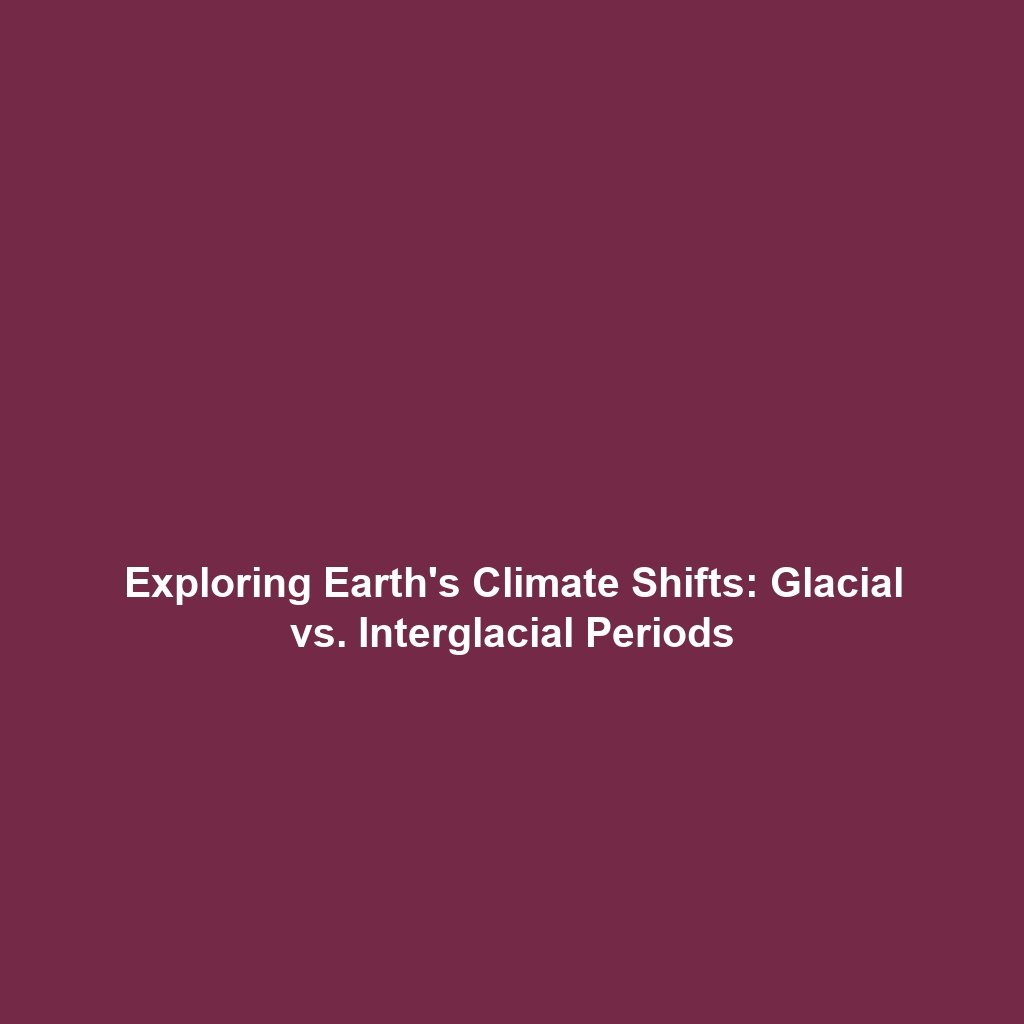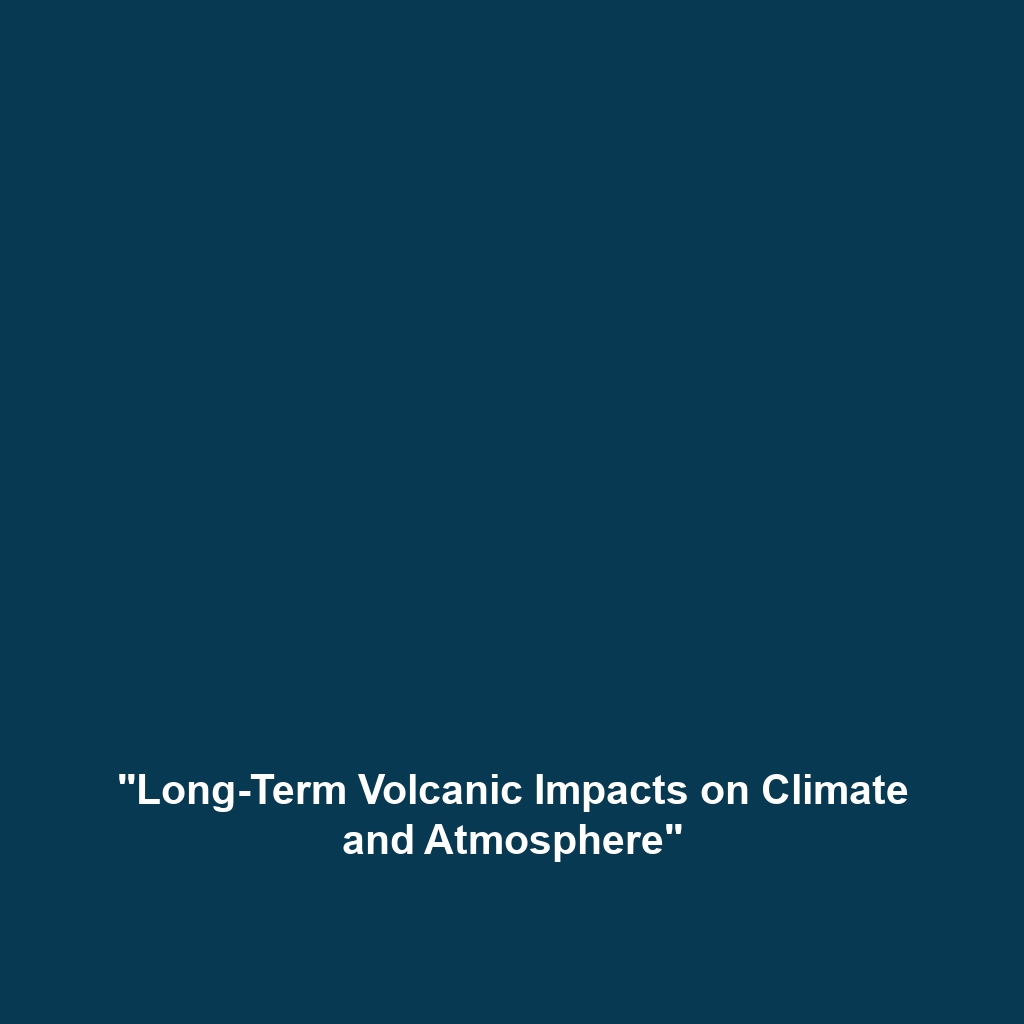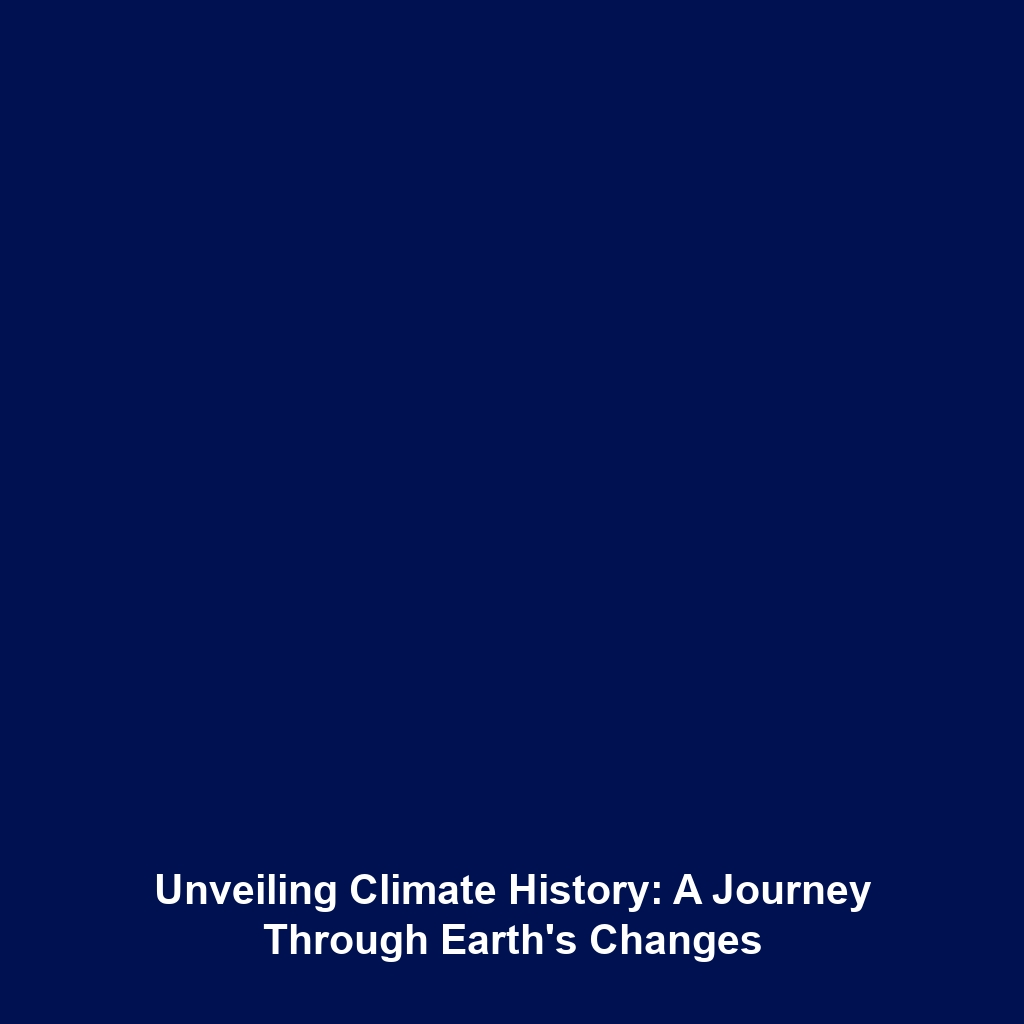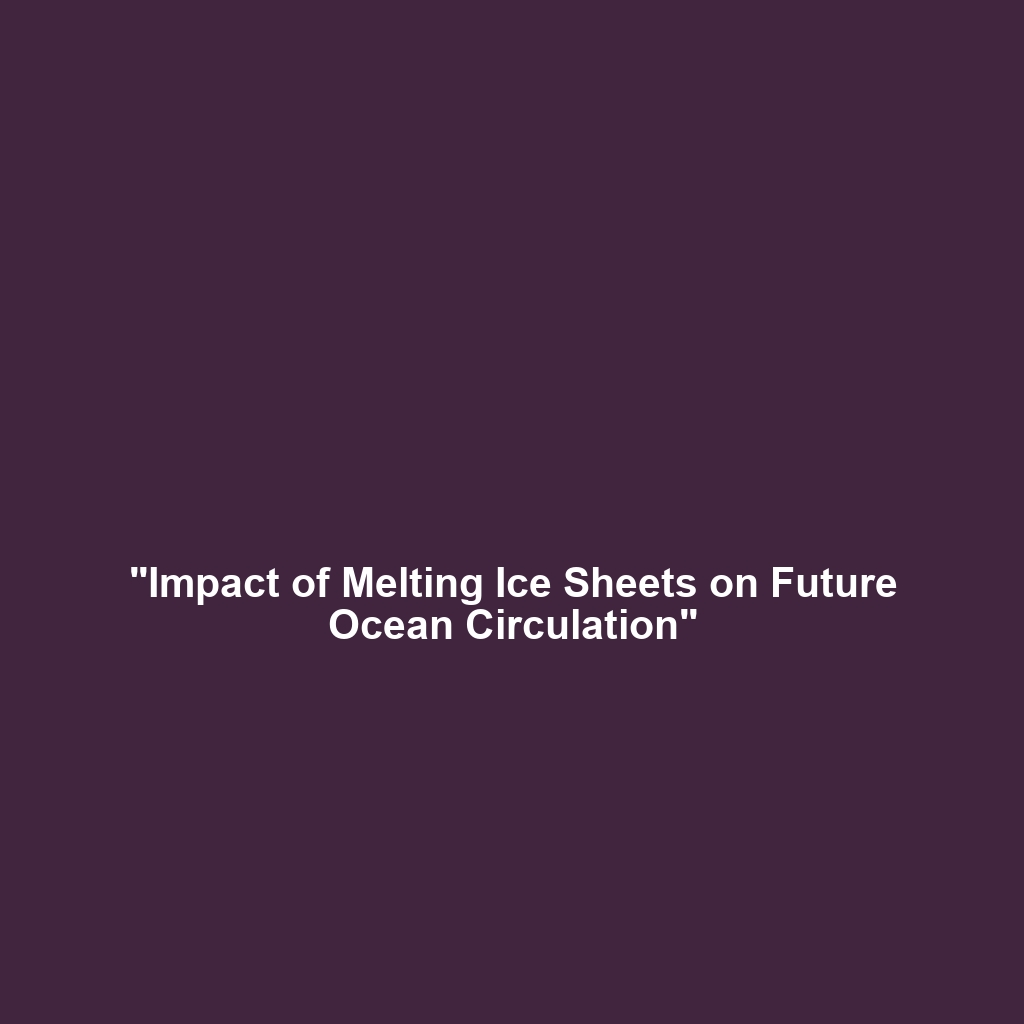Understanding Natural Climate Variability and Distinguishing it from Human-Induced Changes
Climate history is pivotal in comprehending the intricate dynamics of our planet’s climate system. By understanding natural climate variability and distinguishing it from human-induced changes, we gain insights crucial for predicting future climate patterns. This distinction is essential, not just for scientific inquiry but also for forming effective climate policies. In this article, we will delve into the core concepts, applications, challenges, and future directions concerning climate variability, fostering a deeper appreciation for its significance within the broader context of climate history.
Key Concepts
The study of natural climate variability encompasses various phenomena that affect the Earth’s climate over different timescales. Key concepts include:
- Natural Variability: Refers to fluctuations in climate patterns that occur due to natural processes, such as volcanic eruptions and changes in solar radiation.
- Anthropogenic Influence: Encompasses the impact of human activities, including greenhouse gas emissions and land-use changes, on climate systems.
- Climate Forcing: The mechanisms that impose changes in the climate system, distinguishing natural forces from those instigated by humans.
Understanding these concepts is integral to climate history, as it allows researchers and policymakers to differentiate past climate changes driven by natural variability from those influenced by human actions.
Applications and Real-World Uses
Understanding natural climate variability and distinguishing it from human-induced changes has several significant applications:
- Policy Formation: Insights from historical climate data inform international agreements aimed at mitigating climate change.
- Disaster Preparedness: Recognizing patterns of natural variability aids in forecasting and managing climatic extremes like hurricanes and droughts.
- Resource Management: Sustainable agriculture and water resource management benefit from understanding climatic trends.
These applications demonstrate how understanding climate variability can inform effective strategies within the realm of climate history.
Current Challenges
Despite significant advancements, several challenges persist in studying and applying knowledge about natural climate variability and human influences:
- Data Limitations: Incomplete historical records hinder comprehensive analyses of long-term climate patterns.
- Modeling Complexity: Accurate climate modeling requires integrating numerous variables, making precise predictions challenging.
- Attribution Difficulty: Differentiating between natural and anthropogenic influences remains a complex scientific undertaking.
Future Research and Innovations
Research in understanding natural climate variability continues to evolve, leading to promising innovations:
- Advanced Climate Modeling: Next-generation climate models that harness artificial intelligence are emerging, improving predictive capabilities.
- Paleo-climate Studies: Enhancements in paleoclimate reconstruction techniques could yield better insights into long-term climate changes.
- Interdisciplinary Approaches: Collaboration between climatologists, ecologists, and social scientists aims for a holistic understanding of climate impacts.
Conclusion
In summary, comprehending natural climate variability and effectively distinguishing it from human-induced changes is vital for shaping the future of climate history. This understanding not only aids in historical analysis but also informs current and future climate action. It is crucial for scientists, policymakers, and the general public to engage with these concepts actively. For further exploration, visit our links on [Climate Change Policies](#) and [Environmental Science Innovations](#).







